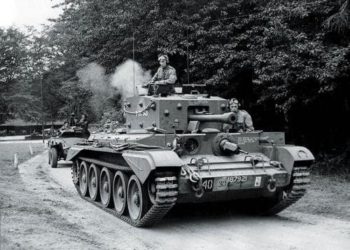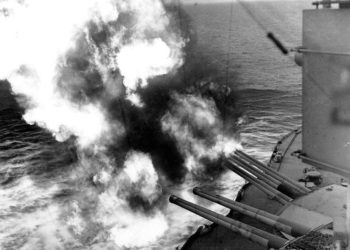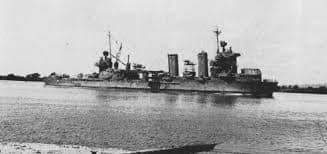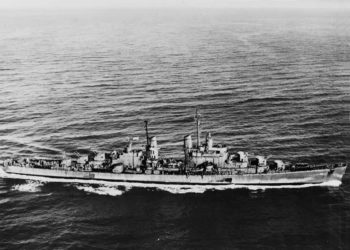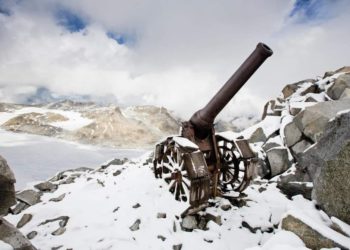Not so “Gay” Paris: When US deserters reigned over the French capital
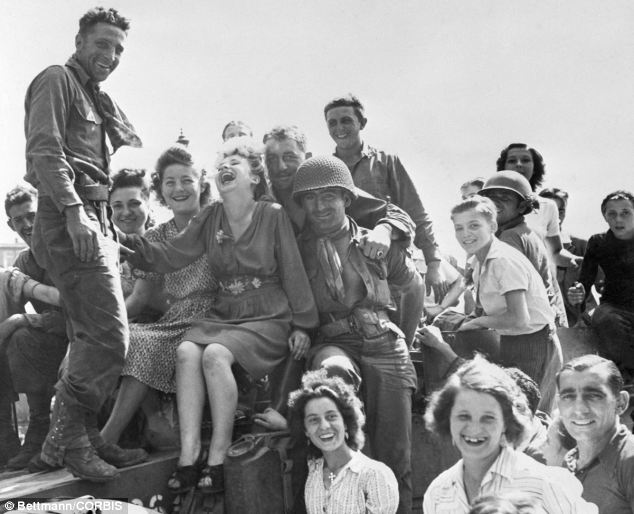
The Aftermath of D-Day and Liberation of Paris
Allied troops suffered following the D-Day landing in Normandy in June 1944. The breakthroughs occurred roughly a month after said landings. But from then onward, Allied troops were constantly on the move, chasing the Germans north, liberating Paris in August and Antwerp, Liege and Brussels in September. One must not forget that Operation Market-Garden was also launched in the Netherlands the same month (September). Needless to say that by that point, allied soldiers were exhausted and the allied supply lines were stretched to the breaking point.
When Paris was liberated in 1944, the French authorities and populations were over the moon: Freedom, finally, after 4 years of German occupation! That freedom ended up having a sour taste: Following their push into Belgium in September 1944, the allies were suddenly stopped in their tracks along the Siegfried Line. The Siegfried Line was a fortified German defensive line extending through the Eifel Forest (German Ardennes) along the Belgian border.
The Role of Paris in R&R and Increasing Desertions
After months of constant operations, both sides were in need of rest and the frontline settled for a while. Paris became the place of choice for allies’ R&R: battle-weary American soldiers were sent there on permission. A 72-hour pass and back pay in their pocket, they would descend on the city in search of booze and sex. The French police alongside American MPs struggled to deal with those drunk and disorderly men. Things gradually got worse as thousands of those young GIs deserted while in Paris. They did so for many reasons: some because they were tired of fighting, some for the adventure, others did it for the money. In all, an estimated 50,000 American soldiers deserted in Europe during WWII. There were around 20,000 deserters in the wild by Christmas 1944! That’s the equivalent of an infantry division!
The Impact of Deserter Gangs
Many of these men formed criminal gangs and used their military training, uniforms and weapons to bad effect! They would rob army depots, civilian warehouses, homes, and businesses. They stole, raped and pillaged their way through the French capital, but also Northern France and Belgium. Criminal activity peaked as the fighting reached a crescendo along the German border: Over 144,000 American soldiers ended up dying or being wounded between September 1944 and January 1945. Between the battle of the Hurtgen Forest and the Battle of the Bulge in the Ardennes, US grunts were pushed to breaking point and soldiers deserted in droves.
As very few of them spoke French, their only way of surviving and successfully evading the authorities was often to join one of those GI deserter gangs.
Aftermath and Consequences
By the end of WWII, 20,000 American soldiers had been tried and sentenced for desertion. Many ended up with prison sentences; most were dishonorably discharged. 49 were sentenced to death, although only one soldier was subsequently executed. His name was Eddie Slovik.
– RBM.



